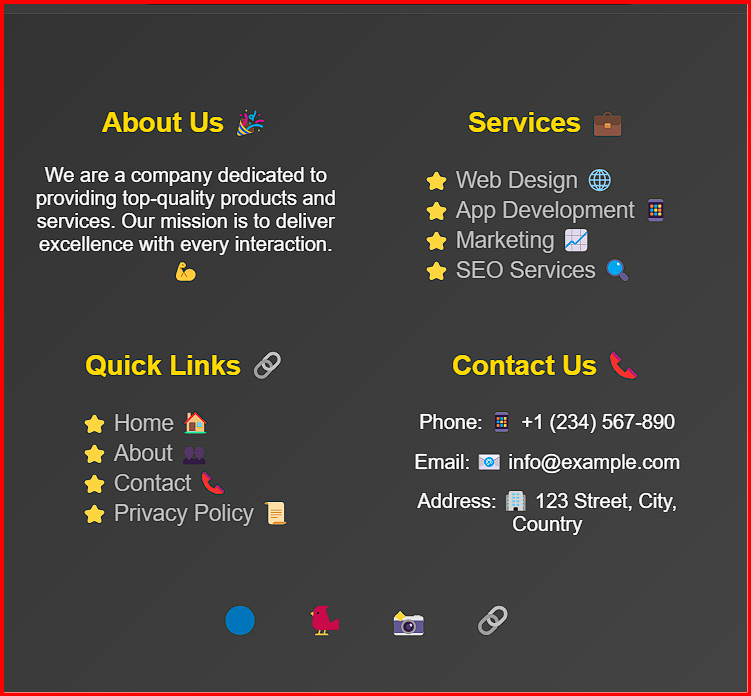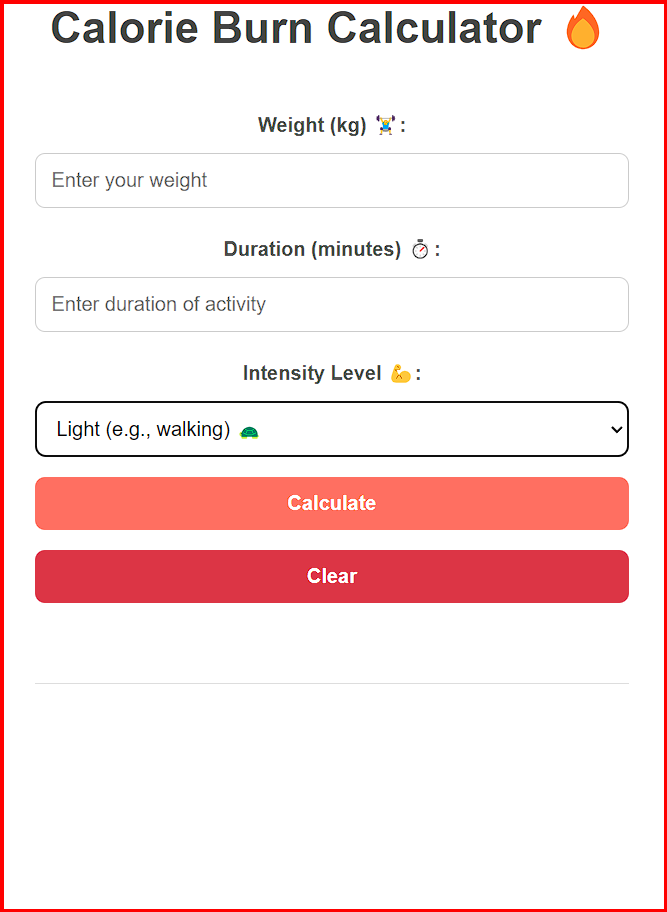While AI is transforming many industries and automating numerous tasks, there are still several jobs and roles that AI cannot easily replace due to the complexity, creativity, and human touch they require. Here are examples of jobs that AI struggles to replicate or completely replace:
1. Creative Professionals (Writers, Artists, Musicians)
- Why AI Can’t Do It: While AI can generate text, music, and even visual art, it lacks the ability to create truly original and emotionally resonant work that reflects unique human experiences, culture, and context. Creative professionals thrive on intuition, imagination, and subjective judgment.
- Examples: Novelists, songwriters, illustrators, and filmmakers often create new concepts, express emotions, and explore abstract ideas, which require a human touch that AI cannot replicate.
2. Healthcare Professionals (Doctors, Nurses, Therapists)
- Why AI Can’t Do It: While AI can assist in diagnosing certain medical conditions or analyzing medical data, it cannot replace the nuanced care and empathy provided by doctors, nurses, and therapists. Patient care, emotional support, and complex decision-making in medical settings require human interaction.
- Examples: Doctors, surgeons, nurses, and therapists need to interact with patients, make subjective decisions based on experience, and provide emotional support and reassurance, which AI cannot replicate.
3. Teachers and Educators
- Why AI Can’t Do It: Teaching involves understanding individual students’ needs, providing tailored feedback, and fostering social and emotional development. AI lacks the empathy, creativity, and adaptability required to address the unique learning styles and challenges of each student.
- Examples: Classroom teachers, educational counselors, and special education professionals rely on personal connections, mentorship, and deep understanding of their students’ behaviors, needs, and learning processes.
4. Social Workers and Psychologists
- Why AI Can’t Do It: Social workers and psychologists deal with complex human emotions, provide counseling, and address sensitive issues related to mental health and wellbeing. They require empathy, understanding, and the ability to form personal connections, which AI cannot replicate.
- Examples: Therapists, social workers, and counselors must interpret emotional cues, offer personalized guidance, and adapt their approaches to individual cases, often using intuition and judgment that AI cannot replicate.
5. Entrepreneurs and Business Leaders
- Why AI Can’t Do It: Entrepreneurs and business leaders make high-level decisions based on a combination of strategic thinking, intuition, market understanding, and risk management. While AI can assist with data analysis, it cannot replicate the creativity and vision required to start, grow, and lead a business.
- Examples: CEOs, founders, and entrepreneurs drive innovation, build company cultures, and make high-level business decisions that rely on foresight, personal experiences, and the ability to inspire and lead others.
6. Skilled Trades (Electricians, Plumbers, Mechanics)
- Why AI Can’t Do It: Jobs that require physical dexterity, troubleshooting, and adapting to unpredictable situations are difficult for AI and robots to fully automate. Skilled trades involve hands-on problem-solving and adapting to unique, often challenging, conditions in real-world environments.
- Examples: Electricians, plumbers, and mechanics must troubleshoot issues, install systems, and make real-time adjustments based on variables that are often not predictable or standardized.
7. Human Resource Professionals
- Why AI Can’t Do It: While AI can assist with tasks like resume screening and initial assessments, human resource professionals need to navigate complex interpersonal dynamics, handle sensitive employee matters, and foster workplace culture. They play a critical role in conflict resolution, negotiations, and managing human emotions.
- Examples: HR managers, recruiters, and employee relations specialists rely on emotional intelligence, negotiation skills, and interpersonal abilities to manage people and resolve conflicts, which AI cannot replicate.
8. Sales and Marketing Professionals (Relationship-Based Roles)
- Why AI Can’t Do It: Relationship-building is essential in sales and marketing. Successful professionals in these fields need to establish trust, understand human needs, and offer personalized solutions. AI can automate certain marketing tasks, but it cannot build authentic relationships or engage in persuasive conversations the way a human can.
- Examples: Sales representatives, marketing strategists, and account managers rely on their ability to connect with clients on a personal level, understand their pain points, and develop tailored solutions.
9. Ethicists and Philosophers
- Why AI Can’t Do It: AI cannot engage in deep philosophical reasoning or ethical debates that require human judgment, emotional insight, and understanding of moral values. Ethical decisions often involve navigating gray areas where human experience, emotion, and societal values are critical.
- Examples: Ethicists, philosophers, and legal experts engage in high-level decision-making processes that require a deep understanding of human values, culture, and complex moral questions, which are beyond AI’s capabilities.
10. Customer Service (Complex Issues and Emotional Support)
- Why AI Can’t Do It: While AI is improving in handling basic customer service requests, it cannot handle complex issues or provide emotional support with the empathy and nuance required in challenging customer situations.
- Examples: Human customer service representatives are needed to handle delicate, emotionally charged, or complicated situations, offering personalized solutions and building rapport with customers.
11. Event Planners and Coordinators
- Why AI Can’t Do It: Event planning involves coordinating many variables, understanding client preferences, and managing on-the-ground logistics, often under pressure. It also requires creativity, flexibility, and a high level of human interaction and communication, which AI cannot replicate.
- Examples: Wedding planners, corporate event coordinators, and party organizers must understand the nuances of their clients’ desires, adapt to changing circumstances, and provide creative solutions, which are difficult for AI to replicate.
12. Crisis Management and Disaster Response
- Why AI Can’t Do It: In times of crisis, human judgment, emotional intelligence, and quick, flexible decision-making are vital. While AI can assist with data processing and analysis, the unpredictable nature of crises requires human expertise to navigate complex, often chaotic situations.
- Examples: Crisis managers, emergency responders, and disaster relief coordinators need to make high-pressure decisions and collaborate with a variety of stakeholders, skills that are difficult for AI to replicate.
13. Public Relations (PR) Professionals
- Why AI Can’t Do It: Public relations professionals must navigate complex human relationships, manage crises, and craft messages that resonate with different audiences. They must use creativity, emotional intelligence, and strategic thinking to influence public perception, tasks that are beyond the capabilities of AI.
- Examples: PR specialists and media relations managers use their skills to build a positive image for organizations, address media inquiries, and handle reputational crises, all of which require human tact and judgment.
14. Negotiators and Mediators
- Why AI Can’t Do It: Successful negotiation and mediation require emotional intelligence, empathy, and the ability to understand human motivations, which AI cannot easily grasp. The ability to influence people and create compromises in high-stakes situations is a distinctly human skill.
- Examples: Diplomats, union negotiators, and mediators rely on their ability to connect with others, read body language, and tailor their approaches to complex interpersonal dynamics, something AI cannot do effectively.
15. Judges and Lawyers (Certain Aspects)
- Why AI Can’t Do It: While AI can assist with legal research and data analysis, human judges and lawyers are needed to interpret laws, consider precedent, and apply discretion in legal cases. Complex legal reasoning and understanding the nuances of the law often require a human’s judgment, experience, and empathy.
- Examples: Judges and senior lawyers must make nuanced decisions based on their understanding of the law, individual circumstances, and broader societal implications, which AI is not capable of replicating.
Conclusion
While AI can perform many tasks across various industries, there are certain roles that require human judgment, emotional intelligence, creativity, and complex problem-solving that AI cannot replicate. These jobs often require personal interactions, understanding of subtle social cues, and the ability to think abstractly—qualities that are inherently human. As AI continues to advance, it will likely complement these roles, but for the foreseeable future, humans will still be essential in these fields.








